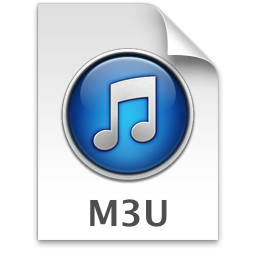--
My favorite example is the mess that has resulted using Safari version 8. I've complained to Apple, as have others! But Apple hasn't listened, so far.
This may not be an issue for casual Safari users. Many may find enough space up there where the Title Bar is supposed to be to grab Safari windows and move them around just fine. But for we fanatical power users, this is a BFD! Removing the simple, wonderful, eternal Mac Title Bar has created havoc.
Check this out:
(Click images on this page to see BIG versions)
So I made a workaround.
Concept: Stuff a bunch of 'Flexible Space' items into the area where the Title Bar is supposed to be. This provides a nicely reliable, reasonably sized area for grabbing and moving Safari windows.
I) Right-Click (CTRL-Click) on the Toolbar (where the Title Bar used to be).
Up pops the "Customize Toolbar..." button. Click it.
II) Down drops the Toolbar pallet where you can drag and drop items into the Toolbar.
We're going to drag in lots of 'Flexible Space' items. We need to put a lot of them in because they are indeed flexible down to a very minimal size of a few pixels. Because we have a traffic jam going on in the Toolbar and no Title Bar, we have to stuff lots of these minimal spaces somewhere in order to create a usable space for grabbing the Safari window.
My choice: I drag in four extra Flexible Spaces to the right of the Address and Search item. Add as many as you like. Pull some out later if you wish. It can be slightly tricky dragging flexible spaces to exactly where you want them. Practice and patience makes perfect.
III) Click the 'Done' button and away goes the Toolbar pallet. Now you can check out your work by trying to grab and drag around the Safari window. Play with adding or removing flexible spaces as you find useful. This is how mine turned out:
The space I created is fine for my utility. My new space is not going to move. It's going to stay exactly that size unless I remove Toolbar items, at which point it will flexibly expand.
Postscript:
I know someone's going to whine about filling up the Toolbar with too much junk. Shut up. I like all that stuff in my toolbar and I use all it. The entire Safari traffic jam problem is due to Apple's decisions, NOT mine. Go blame them. Got it? Good.
It is my fervent hope that Apple sees the error of their ways and stops the madness. Title bars are a Mac mainstay and should NEVER EVER be removed. That's not a Luddite opinion. It's a UTILITARIAN opinion. Usefulness wins. Get back to useful Apple!
--










